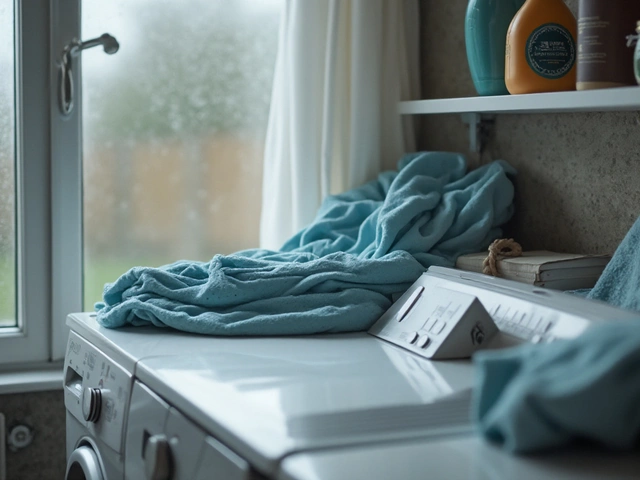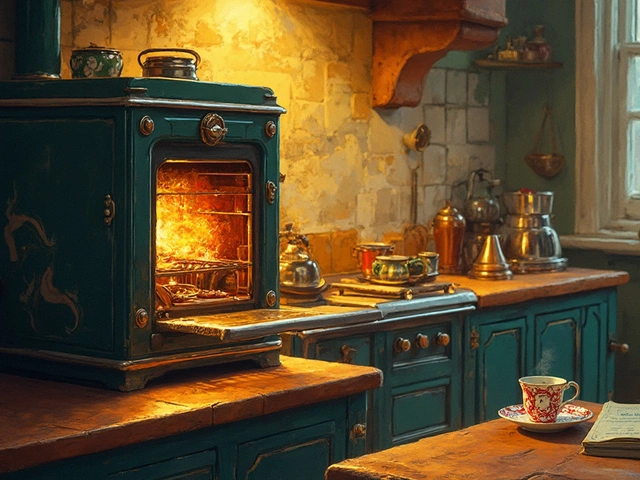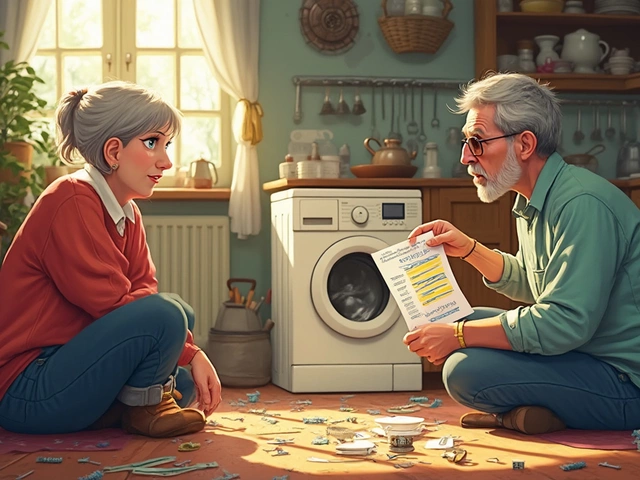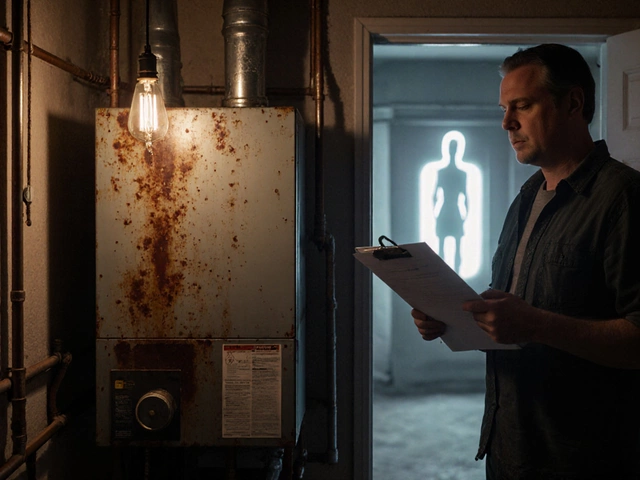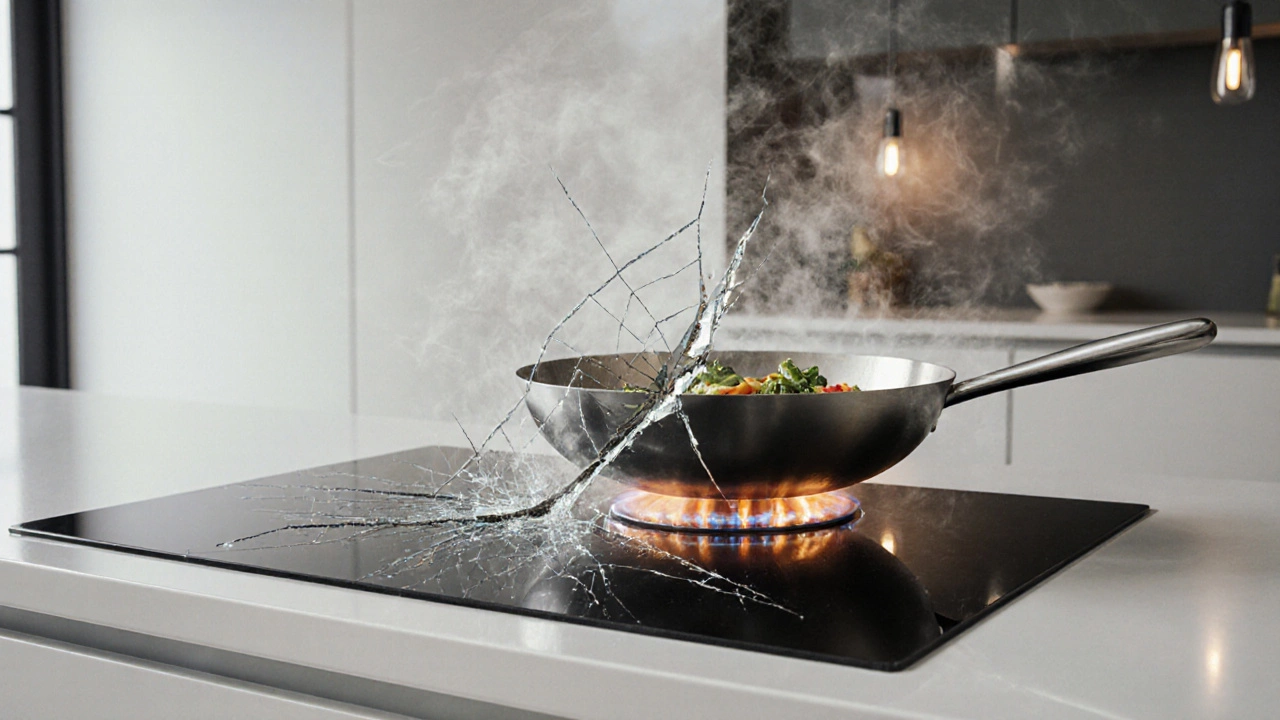Hob Crack Causes Explained
When working with hob crack causes, the specific factors that make a glass hob develop cracks. Also known as glass hob fractures, this issue can turn a perfectly functional kitchen into a costly repair headache.
A glass hob, the smooth, ceramic surface used on modern cooktops is designed to spread heat evenly, but it’s not indestructible. Two other key players often show up in the conversation: thermal stress, the expansion and contraction caused by rapid temperature changes and impact damage, any sudden force like a dropped pot or a stray utensil. Understanding how these three entities interact helps you spot the real reasons behind a cracked cooktop.
Common Causes of Glass Hob Cracks
First, thermal shock is a classic culprit. When you slam a hot pan onto a cold surface or blast a cold pot with boiling water, the glass expands unevenly. That uneven expansion creates micro‑fractures that quickly become visible cracks. The second big factor is impact damage. A heavy pan slipped from the counter or a metal utensil knocked against the surface can concentrate force on a small spot, shattering the glass like a cookie.
Third, poor installation or uneven mounting can introduce stress points. If the hob sits on a warped countertop or the screws are too tight, the glass is forced into a shape it wasn’t meant to hold. Over time, everyday heating and cooling cycles amplify those stress points, and a tiny line can grow into a full‑length crack.
Another often‑overlooked cause is debris under the hob. Small stones, glass shards, or even a mis‑aligned burner can press against the underside of the glass. When the burner heats up, that hidden object acts like a lever, pushing the glass outward and creating a crack.
Lastly, age and wear play a role. Repeated heating cycles cause the glass to fatigue, especially if the manufacturer’s recommended maximum temperature is regularly exceeded. A decade‑old hob that’s seen daily high‑heat cooking is more prone to cracking than a brand‑new one.
All these causes share a common thread: they involve either rapid temperature changes, concentrated forces, or uneven support. By addressing any one of them, you dramatically lower the chance of a cracked hob.
So, how can you prevent these problems? Start by using cookware that matches the hob’s size; avoid dragging heavy pots across the surface. Let pans cool a bit before placing them on the hob, and never pour cold water onto a hot glass surface. When you install a new hob, make sure the countertop is level and the mounting hardware is snug but not over‑tightened. Finally, give your cooktop a quick visual check after each high‑heat session; spotting a hairline crack early can save you a full replacement later.
If a crack does appear, the next step is deciding between repair and replacement. Small hairline fractures might be sealed by a professional, but larger cracks usually demand a full glass panel swap. The repair cost can vary widely—some technicians charge a flat fee for the glass, while others include labor and disposal.
Below you’ll find a curated set of articles that dive deeper into each of these topics, from DIY repair tips to cost guides for glass hob replacement. Use them to figure out whether you can fix the issue yourself or if it’s time to call in a pro. Happy cooking, and may your hob stay crack‑free!
